How to play Progressive Chess
Learn the rules to the Chess variant: Progressive Chess quickly and concisely - This video has no distractions, just the rules. For a refresher of the original Chess rules, check out this video: https://youtu.be/fKxG8KjH1Qg
Play chess online for free here:
https://link.triplesgames.com/Play-Chess-Online
(As an chess.com affiliate we earn from qualifying subscriptions)
Don't own the game? Buy it here:
USA - https://amzn.to/2RMQwtO
Canada - https://amzn.to/3gCiKDV
UK - https://amzn.to/3Dmuhkx
Australia - https://amzn.to/3kuDJK0
(These Amazon Affiliate links directly supports me)
RULES:
Players alternately make a sequence of moves of increasing number: White makes 1 move, black makes 2 moves, white makes 3 moves, black makes 4 moves, and so on. Each sequence of moves must be completed. Failure to complete your sequence of moves is a stalemate.
In Italian Progressive Chess, a check can only be given on the last move of a completed sequence. Checking an opponent’s king before the last move of a sequence, results in a loss of game. In Scottish Progressive Chess, check can be given on any move in the sequence, but once it is given, the sequence ends and the next player begins their turn as many moves as they would have had the other player played their full series.
If you are in check, you are only allowed the first move of your sequence to escape capture. If you are unable to escape check in the first move, then you lose. En passant is only allowed on the first move of a sequence. If ten consecutive turns are played with no captures and no pawns are moved, then the game is declared a draw.
You can also play with the English progressive chess rules where you follow the same rules as the Scottish with the additional rule that pieces move in democratic cycles. Meaning each mobile piece, that is, a piece that is legally allowed to move, must move once before it can move twice, and each mobile piece must move twice before it can move 3 times, and so on. If a blocked piece, like a rook, becomes mobile in a later cycle, it may not make 'catch-up' moves. A just-promoted piece is considered having moved. Castling counts as having moved both King and Rook.
-
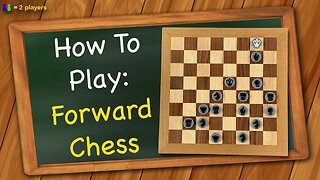 1:57
1:57
TripleSstudios
7 months agoHow to play Forward Chess
7 -
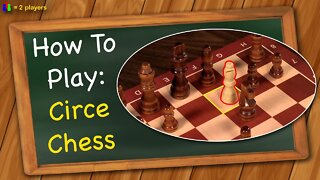 1:05
1:05
Triple S Games
2 years agoHow to play Circe Chess
14 -
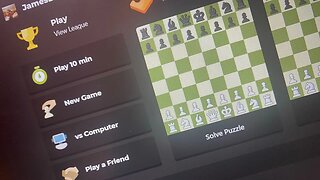 13:42
13:42
James David Marlow
1 year agoWhere Should You Play Chess?
5 -
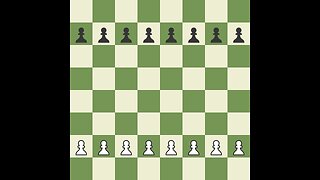 1:01
1:01
POWEROFMINDS
11 months agoHow to win faster in chess
2 -
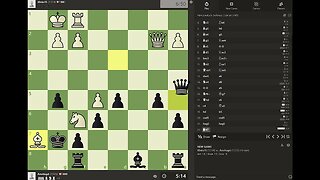 34:21
34:21
Endless Gaming
9 months agoDaily Chess play - 1345
-
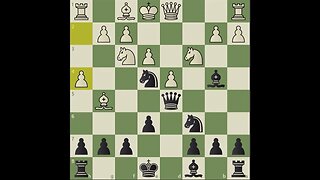 14:46
14:46
Endless Gaming
1 year agoDaily Chess play - 1304 - Superfast games today
1 -
 46:11
46:11
Endless Gaming
8 months agoDaily Chess play - 1365 - Self-mated myself in Games 1 and 2
-
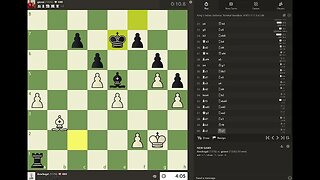 31:55
31:55
Endless Gaming
11 months agoDaily Chess play - 1384
4 -
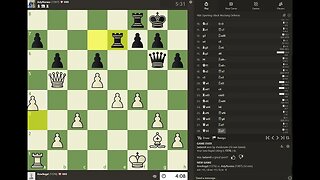 45:01
45:01
Endless Gaming
11 months agoDaily Chess play - 1351
-
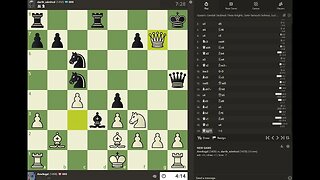 31:41
31:41
Endless Gaming
11 months agoDaily Chess play - 1415